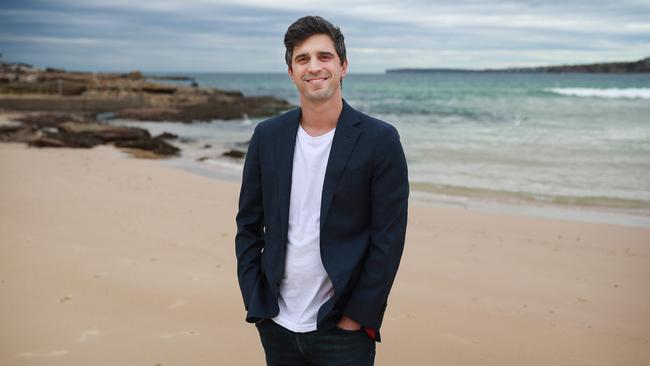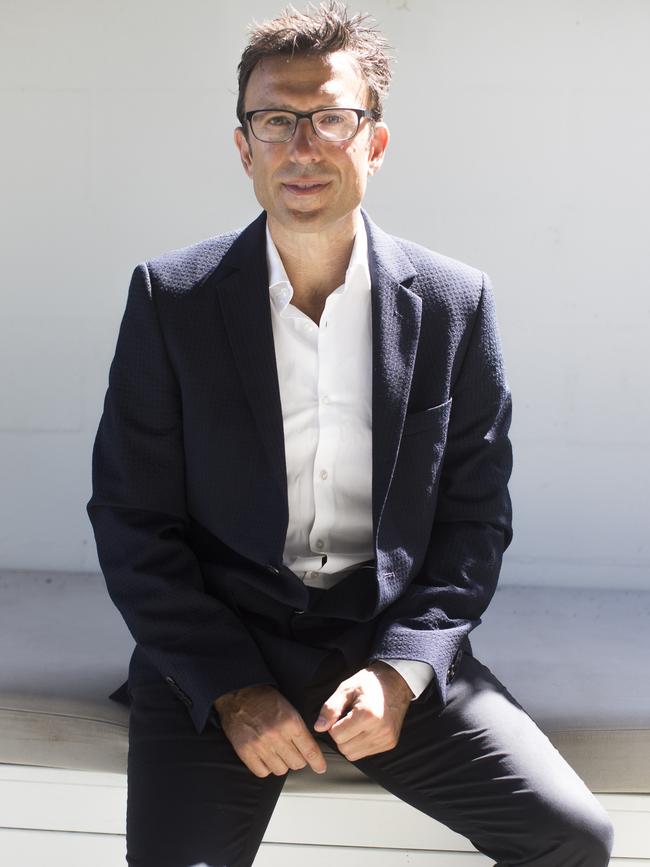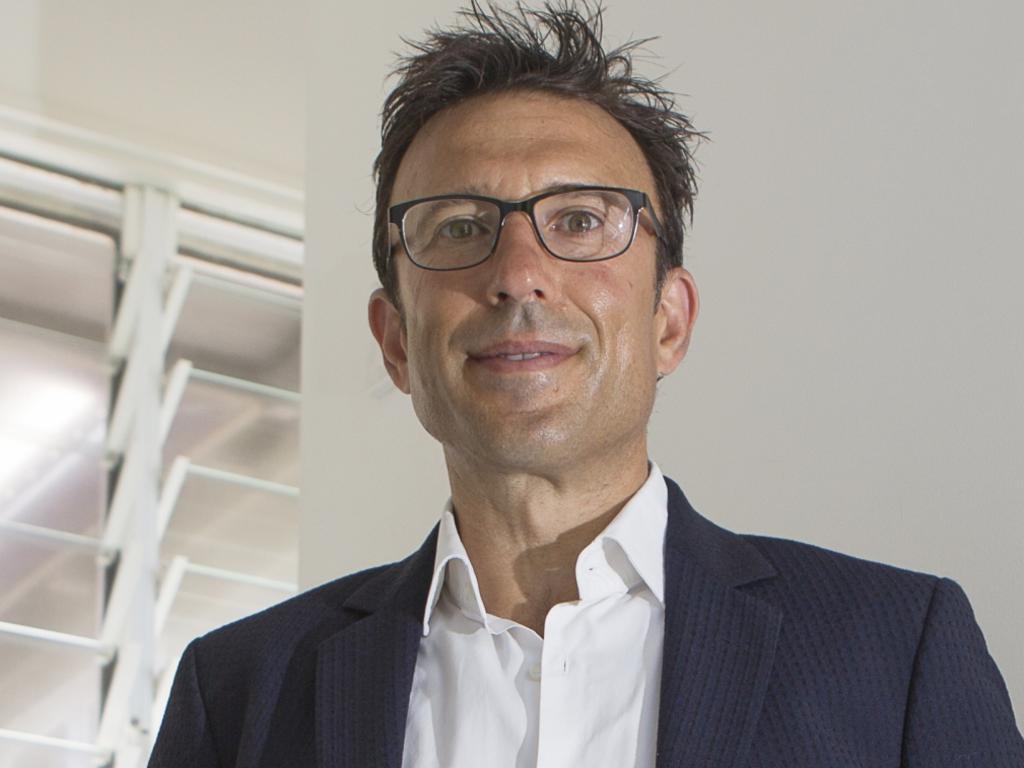Afterpay hits record high on ASX 20 entry, eBay endorsement
Market darling Afterpay hit a record high on Monday and was the day’s top traded stock, climbing almost 9 per cent.

Market darling Afterpay hit a record high on Monday and was the day’s top traded stock, climbing almost 9 per cent to close at $109.93, giving the “buy now pay later” provider a valuation of $31.33bn.
Afterpay will join the exclusive ASX 20 club as one of the top 20 most valuable companies on the market, following a quarterly review from S&P Dow Jones Indices, and will replace Insurance Australia Group on the index.
The Melbourne-based company has yet to turn a profit, but that hasn’t put off investors, who have sent its shares up almost 300 per cent since the start of the year. Afterpay’s current highs are also a far cry from 2017, when it went public on the ASX at $1 a share. Co-founders Nick Molnar and Anthony Eisen are now both billionaires.
Afterpay received more good news on Monday, with eBay’s local managing director delivering a ringing endorsement of the BNPL provider. Afterpay “helped bring forward spending decisions for people, improved basket sizes and [drove] a bit more conversion,” Tim MacKinnon said.

Despite some early turbulence, the company has done well during COVID-19, recently releasing research showing that spending by Gen Z and millennials in Australia had recovered faster than that of older generations since the start of the pandemic.
Afterpay’s research found spending by millennials is now 2 per cent above pre-COVID levels, while BNPL is trending up across all generations, rising 60 per cent for the year, while credit spend has fallen 10 per cent. Gen X spend is up 47 per cent since January and millennial spend has grown by 48 per cent.
Chief executive Mr Molnar, who earlier this year became Australia’s youngest self-made billionaire, said in a recent interview that the company was sometimes unfairly criticised for its bold ambitions.
“The top 10 companies listed in Australia on the stock exchange are the exact same top 10 companies that were there 30 years ago; it’s banks, mining companies, property companies,” he said.
“And so that speaks to actually a lack of entrepreneurship, but it also speaks to the size of the market. You have Atlassian, you have Canva, you have some amazing Australian entrepreneurs now starting to go offshore.
“And, when we first announced that we were going to go from Australia into the US, our stock went down, people are ‘here’s another Australian organisation trying to go global’.
“And then when we landed in the US, it was kind of like, ‘well, you weren’t founded here, can you succeed?’
“Both those things were really interesting to go through and to unlock.”






To join the conversation, please log in. Don't have an account? Register
Join the conversation, you are commenting as Logout